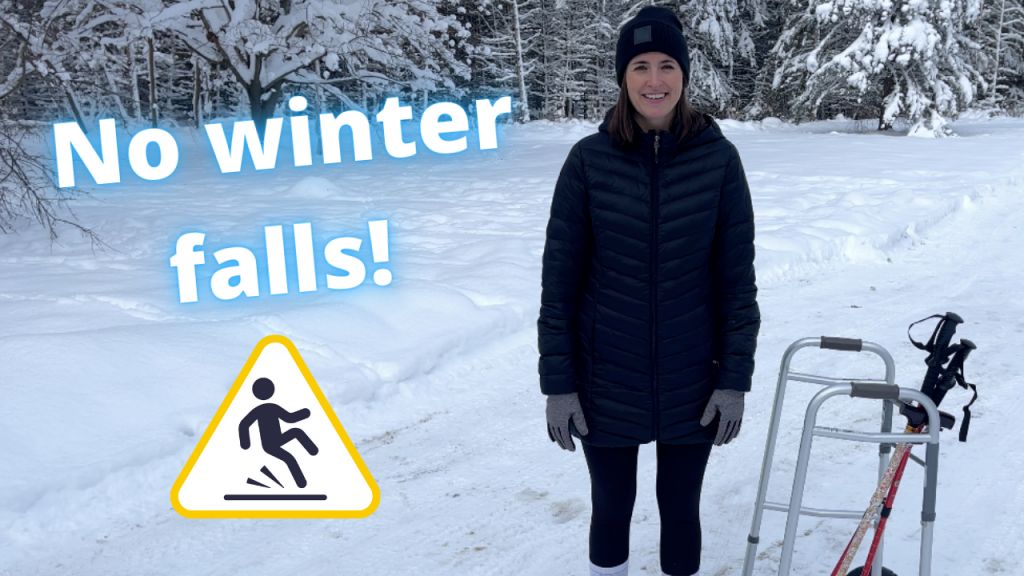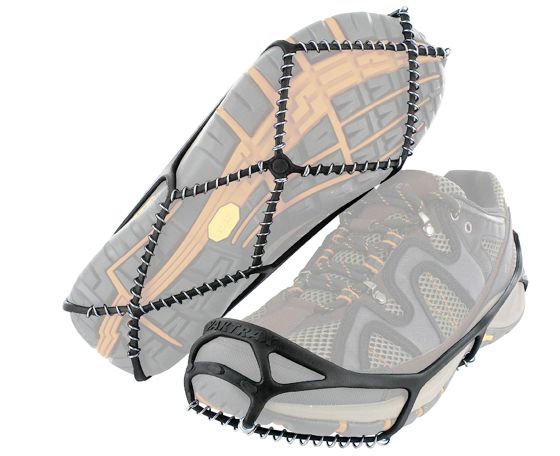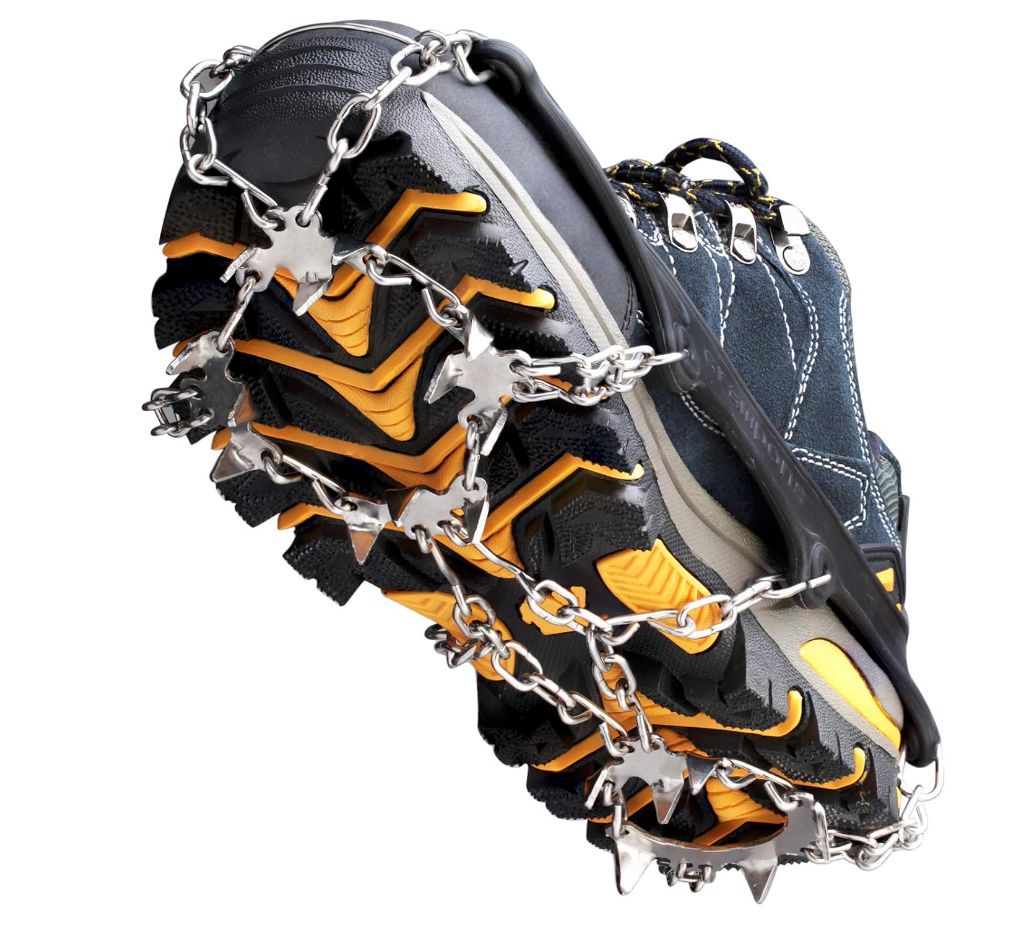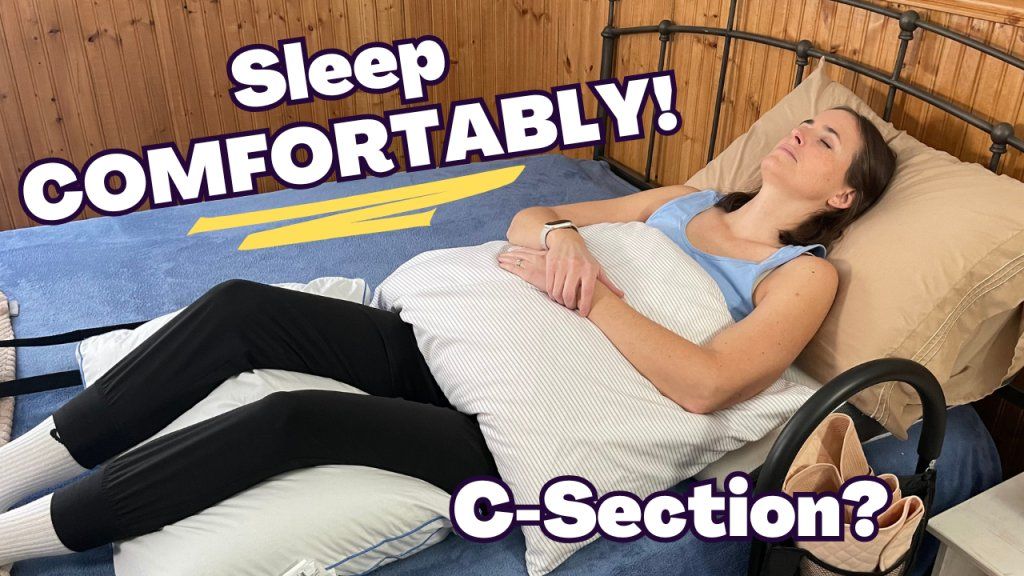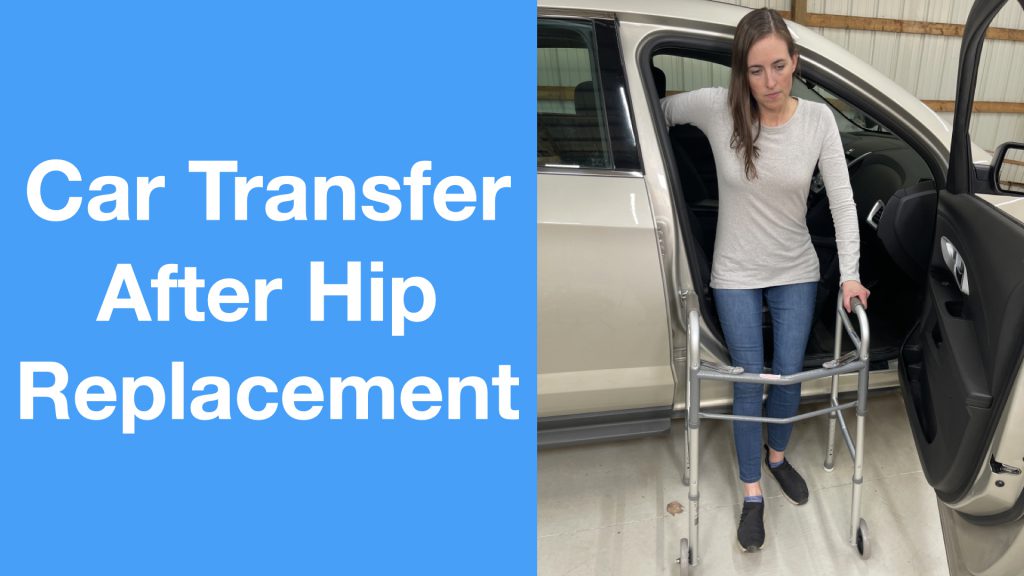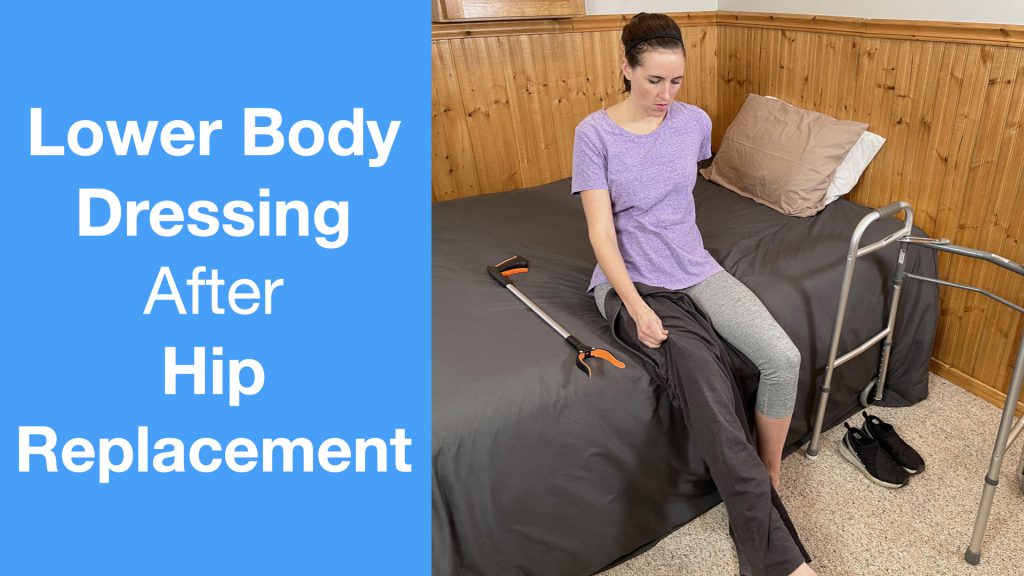Winter brings a picturesque blanket of snow and a joy of cozy evenings, but it also poses a significant risk for slips and falls on ice. Whether you’re navigating city sidewalks or venturing into the great outdoors, staying upright on icy surfaces is crucial. In this guide, I’ll share expert advice on enhancing safety, mobility, and independence during the icy winter months.
Before we begin, please remember these tips are simply tips and not guarantees. No piece of equipment or person can avoid all slips and falls, so use caution if utilizing them. If you use them, you do so at your own discretion. Be safe out there.
Choose the Right Footwear
The first step (pun intended) in preventing a slip and fall on ice is selecting appropriate footwear. A good pair of boots with sturdy ankle support can significantly reduce your fall risk.
Enhancements like Yaktrax or Crampons provide the added traction needed for icy conditions. These accessories are particularly useful for navigating loose snow, slushy paths, and, most critically, smooth ice. For those encountering polished ice surfaces, opt for more aggressive tread patterns found in crampons or studded attachments.
Remember, while these add-ons offer excellent outdoor traction, they’re not suitable for indoor floors and could potentially damage them.
The “Mr. Rogers” Strategy
Transitioning between outdoor icy conditions and indoor environments can be challenging with traction devices. Embrace the “Mr. Rogers” approach by carrying an extra pair of indoor shoes. Swapping out shoes can save time and prevent indoor accidents, making it a simple yet effective strategy for safety.
Upgrade Your Mobility Aids to Avoid Slips and Falls on Ice
Canes
For those relying on canes, ensure the tip offers sufficient grip. Consider adding a wider base or an ice tip for enhanced stability on snow and ice. A flip-away ice pick attachment can transform a standard cane into a formidable tool for icy conditions, providing extra security without damaging indoor floors.
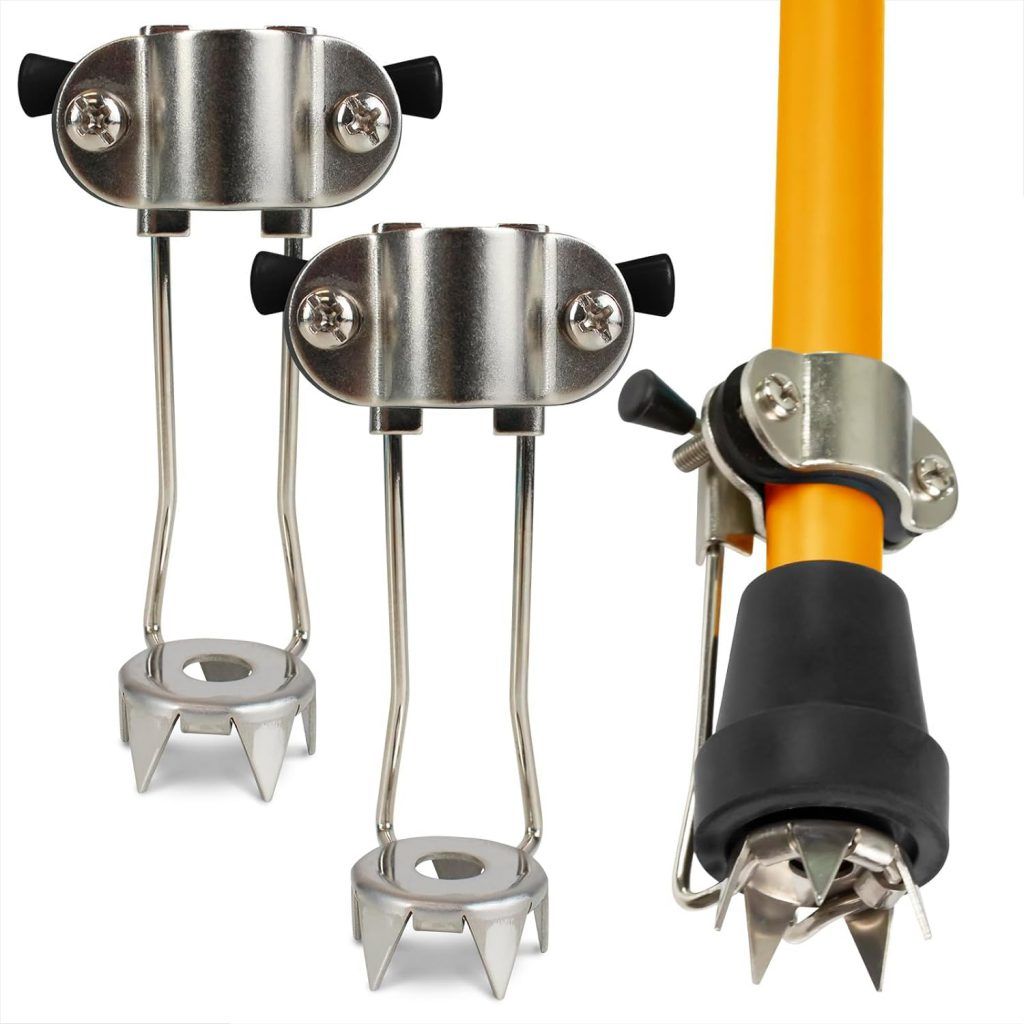
Walking Sticks and Ski Poles
Walking sticks, equipped with snow cleats, offer balance and support on uneven surfaces, making them ideal for active winter enthusiasts.
For a cost-effective alternative, ski poles can serve a similar purpose, providing stability for short outdoor excursions.
Walkers and Rollators
When using walkers or rollators, choose models with larger wheels and more aggressive treads suitable for snow and ice. Modifications like beefy tires and plastic skis, like the ones below, can improve mobility on icy surfaces, ensuring a stable and safe experience.
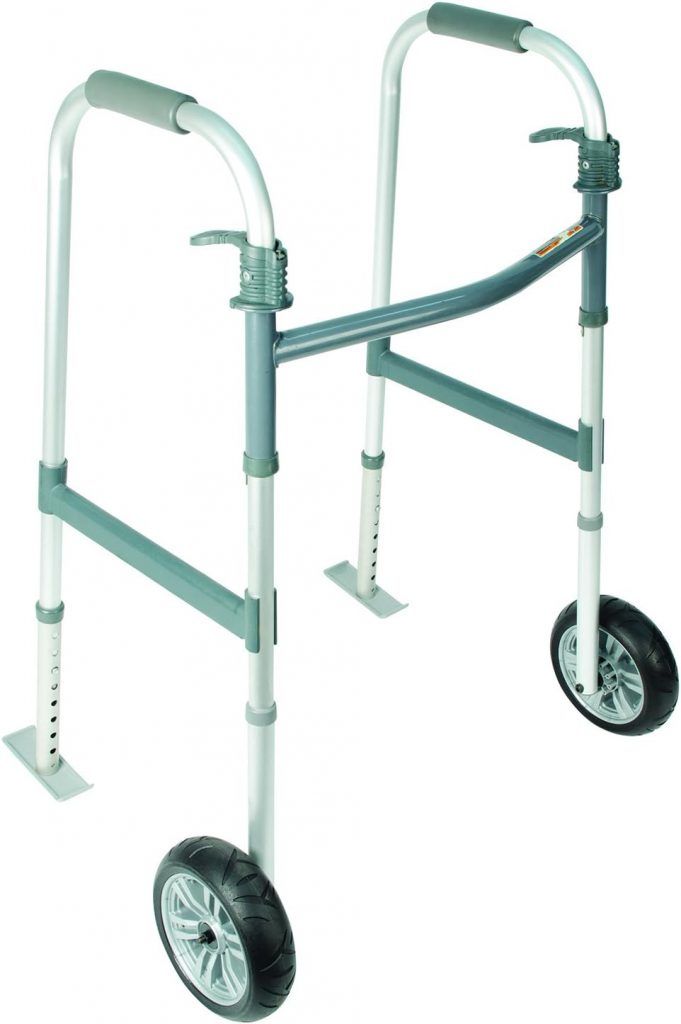
Wheelchairs and Power Chairs
For wheelchair users, several modifications can enhance mobility in snowy conditions. Wheelblades can prevent small front casters from getting stuck. The Freewheel attachment which offers a more terrain-diverse, albeit more expensive, transport option.
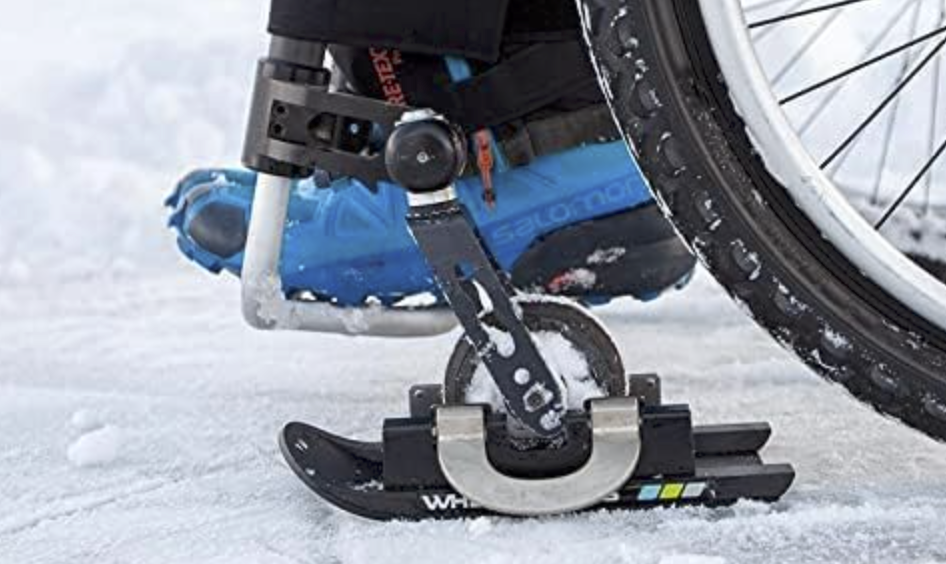
For power wheelchairs, maintaining a fully charged battery and protecting electrical components from wet conditions are paramount. Pneumatic tires can also provide better grip on icy surfaces.
Final Thoughts on Avoiding Slips and Falls on Ice and Snow
Winter doesn’t have to mean staying indoors or fearing every step outside. With the right preparation and equipment, you can significantly reduce the risk of slips and falls on ice. From choosing the correct footwear to adapting mobility aids, these tips will help you navigate winter safely and confidently.
Stay safe and mobile this winter season!
*all prices are at the time of publishing
Note: This post contains affiliate links that provide a small commission without any added cost to the user.
- How to Sleep After a C-Section or Abdominal SurgeryRecovering from a C-Section, appendectomy, abdominoplasty, or other abdominal surgery can feel overwhelming, especially when it comes to something as essential as sleep. With a tender incision and limited mobility, finding a comfortable position may seem impossible—and yet, proper rest is critical for healing! In this …
How to Sleep After a C-Section or Abdominal Surgery Read More »
- How to Get In and Out of the Car after Hip ReplacementGetting in and out of a car after a hip replacement can feel like navigating an obstacle course. Ensuring you move safely and avoid unnecessary strain on your healing hip is essential for a smooth recovery. Whether you’re heading to a follow-up appointment or simply enjoying …
How to Get In and Out of the Car after Hip Replacement Read More »
- A Complete Guide to Lower Body Dressing After Hip Replacement SurgeryRecovering from hip replacement surgery (or similar traumatic injury) comes with its challenges, especially when it comes to everyday tasks like getting dressed. While your mobility may be temporarily limited, dressing your lower body can be made much easier with the right strategies and tools. This …
A Complete Guide to Lower Body Dressing After Hip Replacement Surgery Read More »

